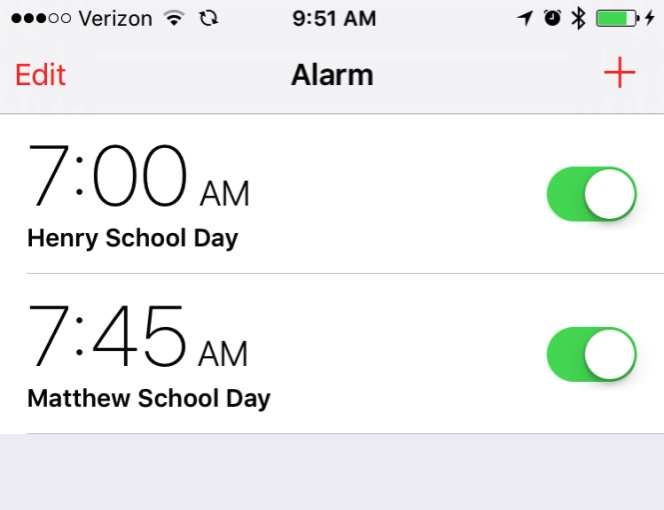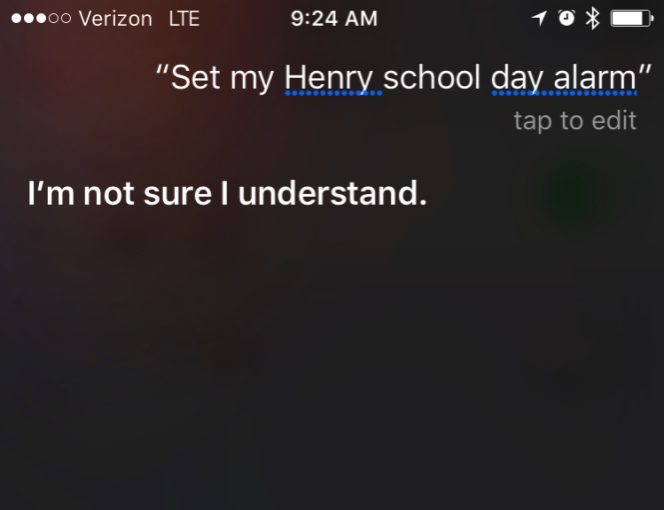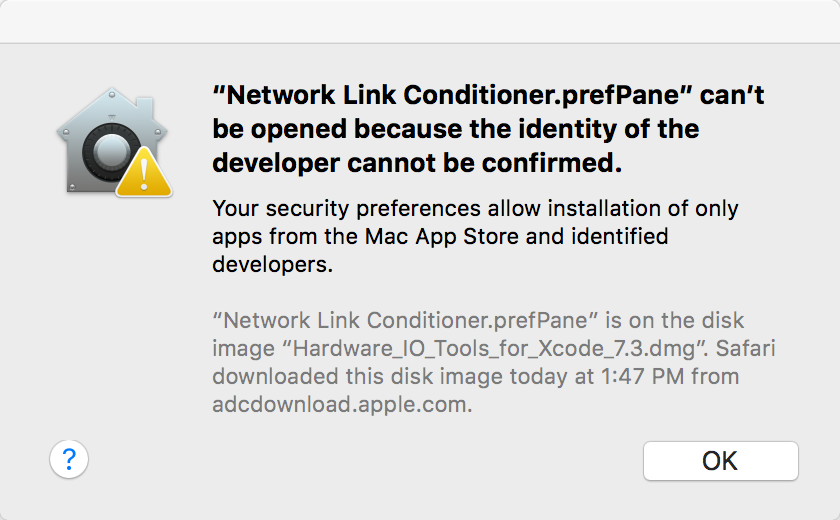MacRumors pointed out that Apple seems to be dropping “Store” from its store branding. The new flagship store in San Francisco, for example, is “Apple Union Square.” This has led to some criticism and guffawing from friends who now jokingly refer to any Apple Store as simply “The Apple.”
John Gruber thinks it makes sense to drop “Store” from branding, and compares Apple with other major brands whose stores do sound ridiculous with the appendage:
The “Store” branding only made sense when the concept was novel. Now that Apple’s stores are well established, it makes sense to drop the “Store”.
And:
No one goes to the Tiffany Store or Gucci Store, they just go to Tiffany or Gucci. It’s not even just a premium thing — you say Target and Walmart, not Target Store and Walmart Store.
The difference between these brands and Apple is that Apple’s identity has long been independent from the notion of a store. Calling it the “Apple Store” was not only important because the stores were a novelty, but because Apple is a brand that transcends retail. This may be true as well for Tiffany or Gucci, but when you think about these brands, I suspect you think of them in their retail context. Target and Walmart? They’re stores to the core of their being, so of course it would sounds strange to brand them as such.
Apple is a company whose products, hardware and software, have historically been sold separately from its own retail presence. Going to “Apple” will never make sense the way it does to go to “Target” or even to “Tiffany’s.” Where “Store” has been dropped, it’s essential that some other qualifier takes it place. Going to “Apple Union Square” makes sense. Asking a hotel concierge whether there is “an Apple nearby” makes as much sense as asking where the nearest “Ford” or “Honda” is.
Of course, the vast majority of people will probably still refer to any of Apple’s stores as “the iPhone store.”



